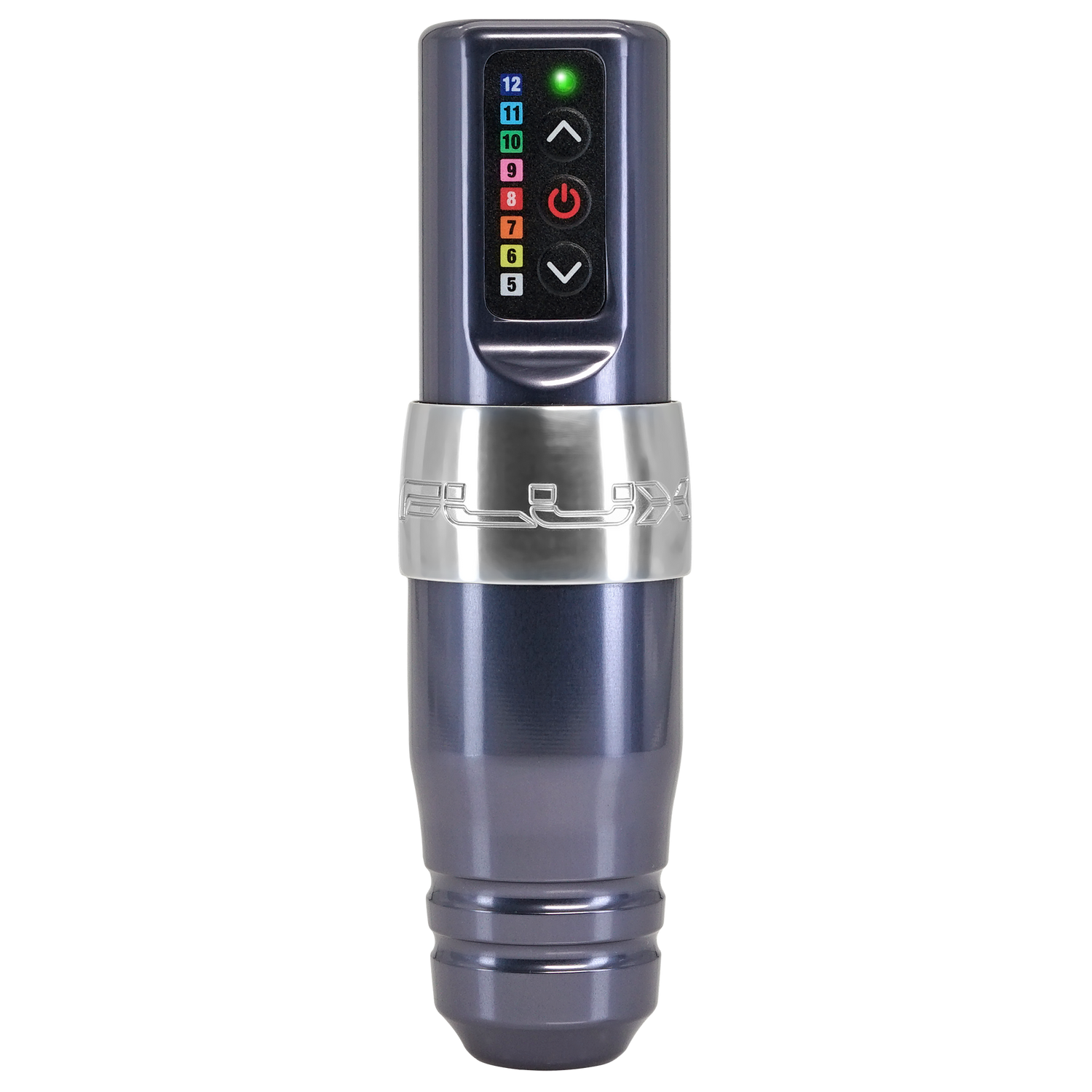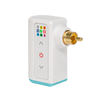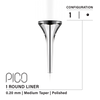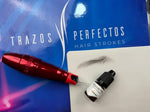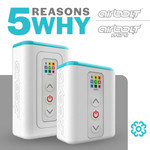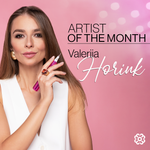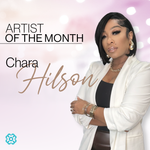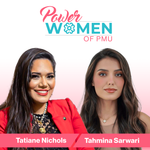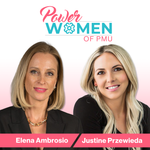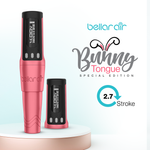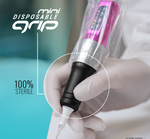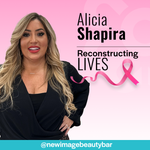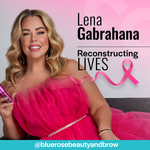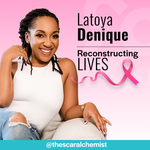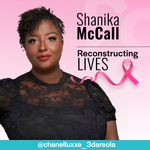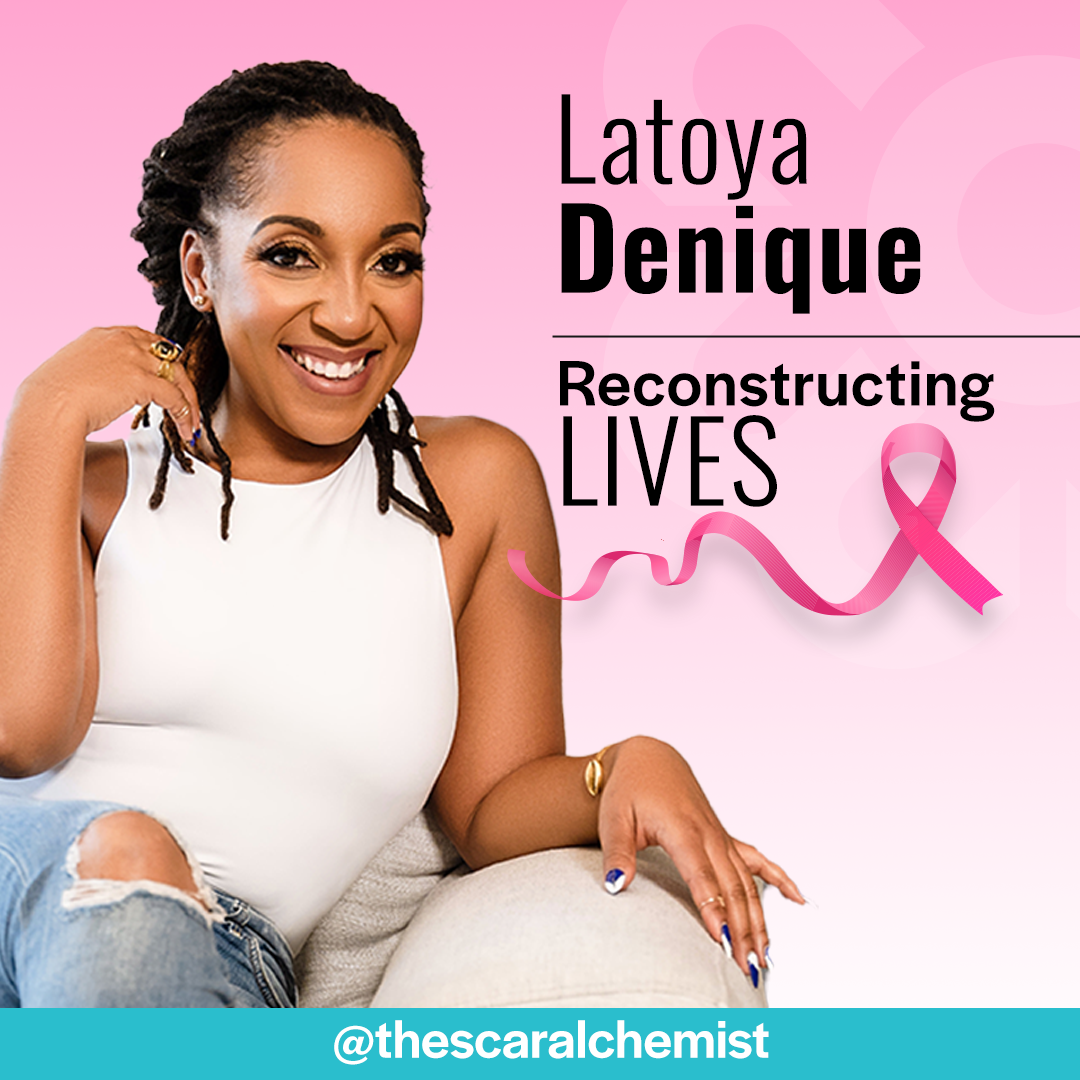
Every scar holds a story, and for breast cancer survivors, that story is supercharged with history and emotion. Scar camouflage is a way to help breast cancer survivors take back control of their story and restore their confidence.
Meet Latoya Denique (@thescaralchemist)Opens a new window, a scar camouflage artist and the CEO of Scar AlchemyOpens a new window based in Atlanta, Georgia. Before she transitioned into permanent makeup, Latoya was an Oncology Nurse Practitioner who saw firsthand the impact that cancer had on her patients and the lack of black representation among artists in the paramedical industry. This sparked her interest in PMU.
But her journey into scar camouflage began much earlier. As a teenager and early adult, Latoya suffered from severe acne. She felt the need to hide her skin by wearing makeup all the time. However, she eventually found an excellent dermatologist, and after almost two years of treatment, she finally felt confident enough to go out without makeup. That’s why Latoya has made it her mission to help others feel good in their own skin again.
Learn how Latoya is tapping into an underrepresented market, plus her tips for beginners!
What inspired you to venture into scar camouflage?
I transitioned from the healthcare field as an Oncology Nurse Practitioner to permanent makeup in 2020. After a conversation with a breast cancer patient, I began to search for artists who specialized in paramedical tattoos. What I discovered was a market that was virtually untapped and vastly underrepresented by women of color. A new mom at the time, I could easily relate to the desire and need to feel confident in your body. Frustrated by the lack of representation amongst medical tattoo artists, I was inspired to explore the world of cosmetic tattoos. Outside of being a mom, it's one of the best decisions I’ve ever made.
What advice or tips would you give to artists who want to start doing this procedure?
What I love most about scar camouflage is that every scar is different. Some artists might find that intimidating, but I actually find it exciting! I almost feel like I’m an archeologist, delicately dusting away damage and debris, to reveal some long-forgotten artifact. I’m a Gemini so I’m a person that easily gets bored, yet that’s never the case in scar camouflage. It’s really therapeutic too, because you’re not just making someone feel more beautiful, often times you’re making them feel whole again.
What do you think is the most important thing a PMU artist should say or do to make the client feel comfortable during your scar camouflage procedure?
When clients come to see you, they are often in an extremely vulnerable state, so really focus on the client as a whole. Sometimes, people have been holding onto their story about their scars for years, and the procedure will be the first time they’ve openly shared the details with someone else. So, if they feel comfortable sharing, let them get their story out. It’ll often help minimize their anxiety because they’ll be talking about something unique and familiar to them. Before you know it, they’ll be nice and relaxed, and you’ll be done!
Which machine, needles or pigments would you recommend for scar camouflage?
You need a powerful machine to work with scars, so find a machine that blends power but gives you the ability to be delicate at the same time. I have a FluxOpens a new window because it’s powerful and compact, but I go back and forth between a corded machine because I can tattoo at lower speeds, which I’ve found to be key in scar camouflage. My fave pigments are World Famous Tattoos, Intenze, Star Brite, and Eternal Ink. As far as needles, I love using mags because they are super versatile. You can push out a lot of ink without causing a lot of trauma.
